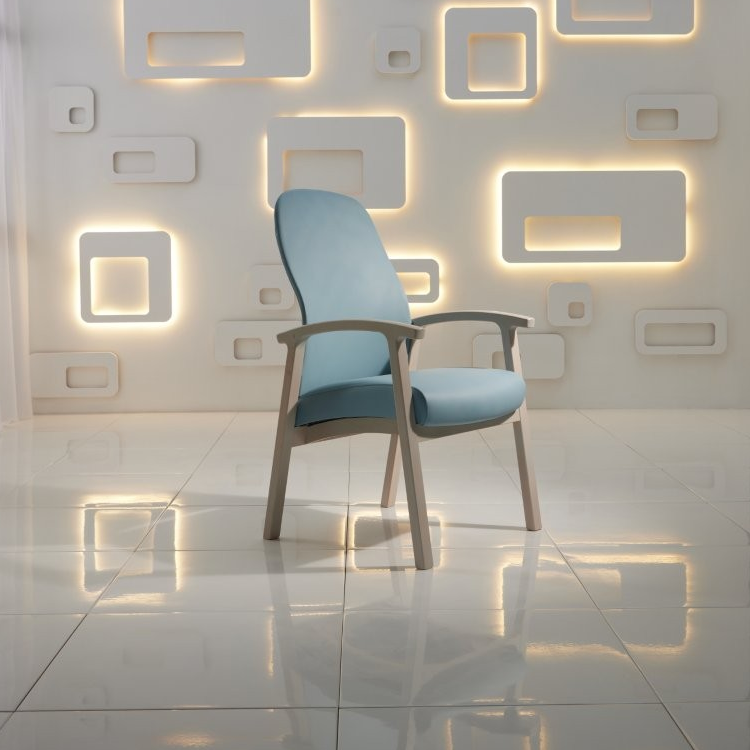
Furniture built for every workplace – from classrooms to clinics
When we think of a workplace, we subconsciously think about an office, but in reality it is a much broader term. Healthcare facilities, education settings and mixed-use communal environments are also places of work for many. But there’s one thing that is a common thread that all of these spaces need – an interior design that inspires productivity. As employee wellbeing becomes more of a priority, the interiors of workplaces should support this, offering staff comfortable places to work and spaces to recuperate during the working day.
It’s often said that we spend more time at work than at home and for office workers in particular, the figures are striking. The average person will spend around 90,000 hours of their life at a desk. That’s nearly one-third of a lifetime. With this in mind, it has become even more vital to design these spaces for the people that work there.
For an office, the main challenge is sedentary working. Long hours at a desk have been linked to musculoskeletal issues, cardiovascular concerns and lower concentration levels. Furniture, therefore, must go beyond filling a space – it should encourage movement, support posture and adapt to individual needs. Ergonomic seating, sit-stand desks and modular breakout furniture like our Bebop and Asana ranges can all contribute to a healthier workspace.

In addition, these spaces also require balance. Mixing areas for collaboration with pods for quiet focus and comfortable furniture can significantly enhance productivity. Soft seating in these areas encourages informal dialogue and creativity, while quiet zones promote concentration.
For healthcare facilities, the priorities shift. Staff often work long, demanding shifts on their feet, while patients and visitors navigate stressful circumstances. Here, furniture must provide respite, rehabilitation and reassurance.
Staff areas should enable genuine rest and recovery. Patient zones require seating that supports mobility, aids rehabilitation and reduces anxiety. Products such as Tonic, Cubitt and Dalton are ideal for these spaces, as they balance comfort and durability with hygiene ensuring they withstand intensive use while remaining easy to clean and maintain.

Educational environments add another layer of complexity. These are workplaces for both teachers and students, and the design can directly impact engagement, concentration and wellbeing. Furniture for this environment must be versatile, supporting everything from group collaboration to quiet study. It also needs to be robust enough to handle daily use by hundreds of students. Teachers face their own ergonomic challenges, spending long hours standing or working at desks, so interiors must serve both groups equally. Pieces such as the Titan range offer durability whilst supporting posture, but ideally need to be paired with more comfortable upholstered breakout furniture like Ark.
Whilst each workplace has its own interior needs, they share some of the same priorities such as, wellbeing, flexibility and adaptability, inclusivity and durability. It is essential for furniture to meet these requirements in order for users to feel inspired and productive. Here at Knightsbridge, we take all these key details into consideration when designing every piece of furniture. We’d love to discuss further about your furniture needs and how you can support your staff in the workplace, get in contact with the team today.

Comments are closed here.